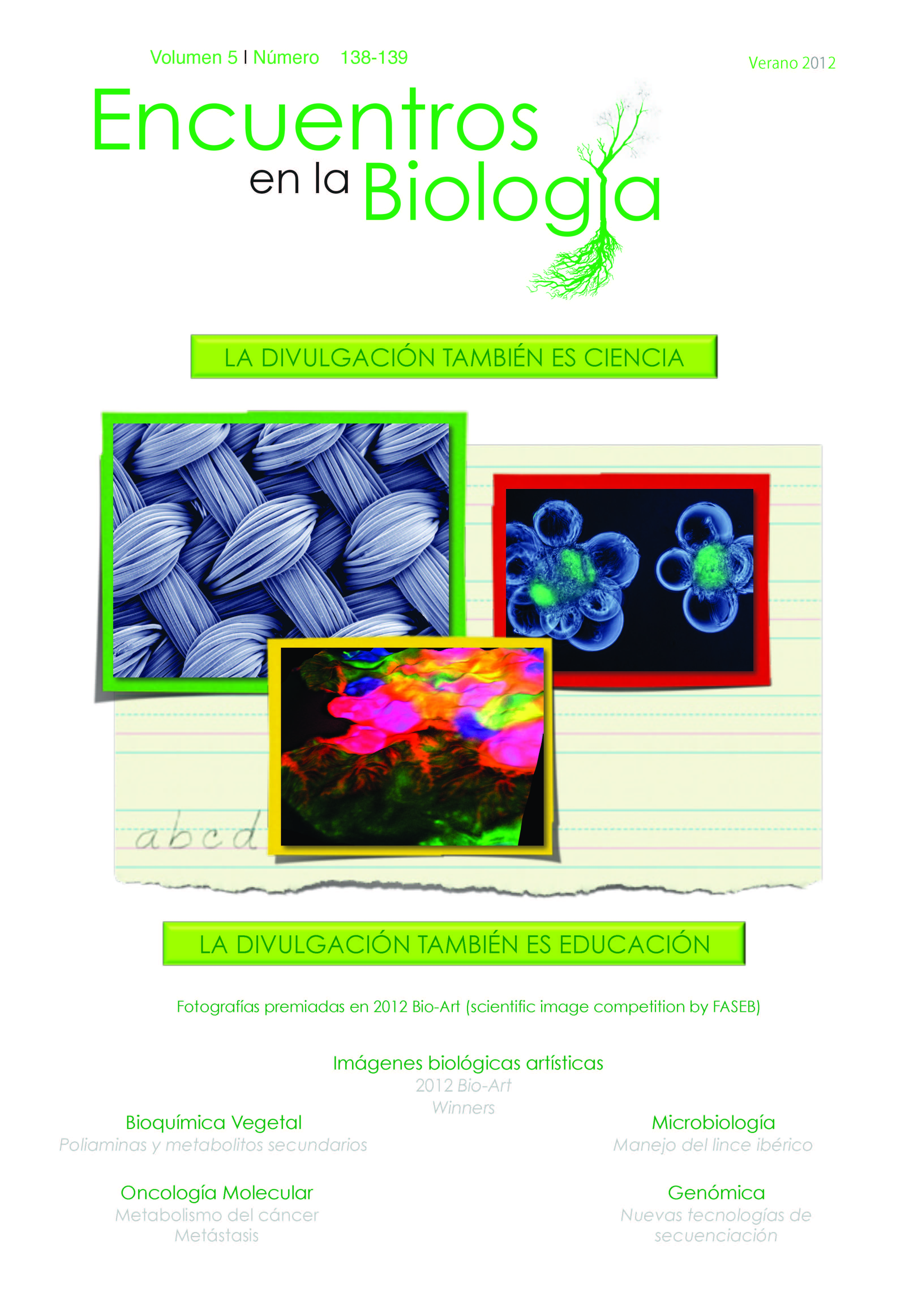Metastasis: A Molecular Perspective
Keywords:
Metastasis, Molecular Perspective, tumor cellsAbstract
Metastasis is defined as the process of spreading cancer cells from their place of origin to a distant organ. Each of the steps necessary for metastasis to occur, from the appearance of tumor cells to their growth and proliferation in the receiving organ, is driven by genetic and/or epigenetic alterations.
Due to its systemic nature and resistance to certain therapeutic agents, it is difficult to treat and is considered the cause of more than 90% of deaths due to cancer. The steps included for the development of metastasis are: (1) local invasion of the surrounding extracellular matrix (ECM), (2) intravasation into the lumen of blood vessels, (3) survival during vascular transport, (4) arrival at a distant organ, (5) extravasation into the tissue parenchyma, (6) survival in this microenvironment, and restarting their proliferative program.
Downloads
Metrics
Publication Facts
Reviewer profiles N/A
Author statements
Indexed in
-
—
- Academic society
- N/A
- Publisher
- Uma Editorial. Universidad de Málaga
References
Bergers G, javaherian K, Lo KM, et al. (1999). Effects of angiogenesis inhibitors on multistage carcinoge- nesis in mice. Science 284: 808-812.
Hanahan D, Weinberg RA (2011) Hallmarks of acancer: the enext generation. Cell 144: 646-674.
Minn AJ, Gupta GP, Siegel PM et al (2005) Genes that mediate breast cancer metastasis to lung. Nature 436: 518-524.
Valastyan S, Weinberg RA (2011). Tumor metastasis: moleuclar insights and evolving paradigms. Cell 147: 275-292.
Downloads
Published
How to Cite
Issue
Section
License
Esta obra está bajo licencia internacional Creative Commons Reconocimiento-NoComercial-CompartirIgual 4.0.
Esta revista provee acceso libre inmediato a su contenido bajo el principio de hacer disponible gratuitamente la investigación al público. Todos los contenidos publicados en Encuentros en la Bilogía están sujetos a la licencia Creative Commons Reconocimento-NoComercia-Compartirigual 4.0 cuyo texto completo puede consultar en <http://creativecommons.org/licenses/by-nc-sa/4.0>
Se pueden copiar, usar, difundir, transmitir y exponer públicamente, siempre que:
Se cite la autoría y la fuente original de su publicación (revista, editorial y URL de la obra).
No se usen para fines comerciales.
Se mencione la existencia y especificaciones de esta licencia de uso
Los derechos de autor son de dos clases: morales y patrimoniales. Los derechos morales son prerrogativas perpetuas, irrenunciables, intransferibles, inalienables, inembargables e imprescriptibles. De acuerdo con la legislación de derechos de autor, Encuentros en la Biología reconoce y respeta el derecho moral de los autores/as, así como la titularidad del derecho patrimonial, el cual será cedido a la Universidad de Málaga para su difusión en acceso abierto. Los derechos patrimoniales, se refieren a los beneficios que se obtienen por el uso o divulgación de las obras. Encuentros en la Biología se publica en open access y queda autorizada en exclusiva para realizar o autorizar por cualquier medio el uso, distribución, divulgación, reproducción, adaptación, traducción o transformación de la obra.
Es responsabilidad de los autores/as obtener los permisos necesarios de las imágenes que están sujetas a derechos de autor.
Los autores/as cuyas contribuciones sean aceptadas para su publicación en esta revista conservarán el derecho no exclusivo de utilizar sus contribuciones con fines académicos, de investigación y educativos, incluyendo el auto-archivo o depósito en repositorios de acceso abierto de cualquier tipo.
La edición electrónica de esta revista esta editada por la Editorial de la Universidad de Málaga (UmaEditorial), siendo necesario citar la procedencia en cualquier reproducción parcial o total.


